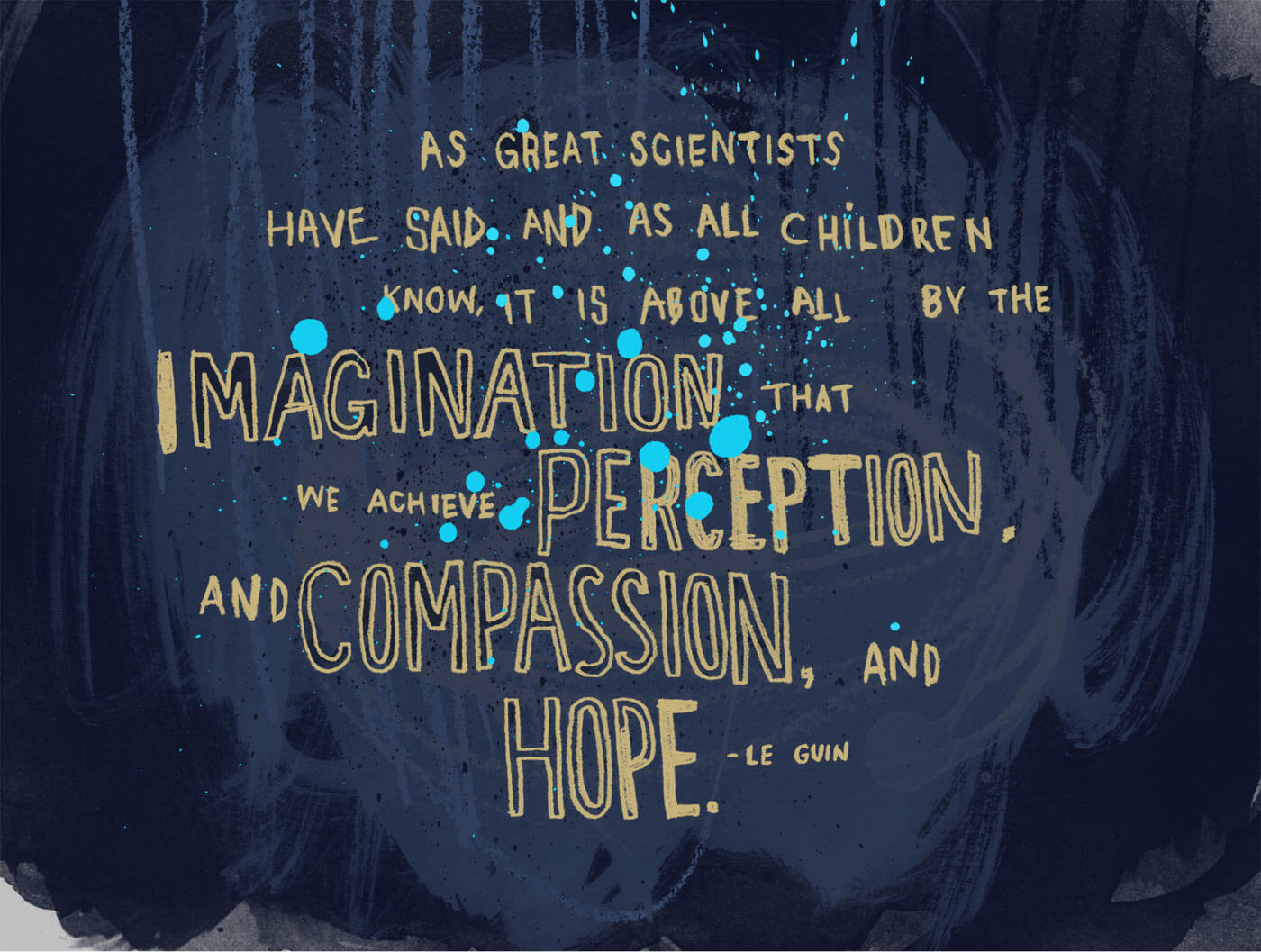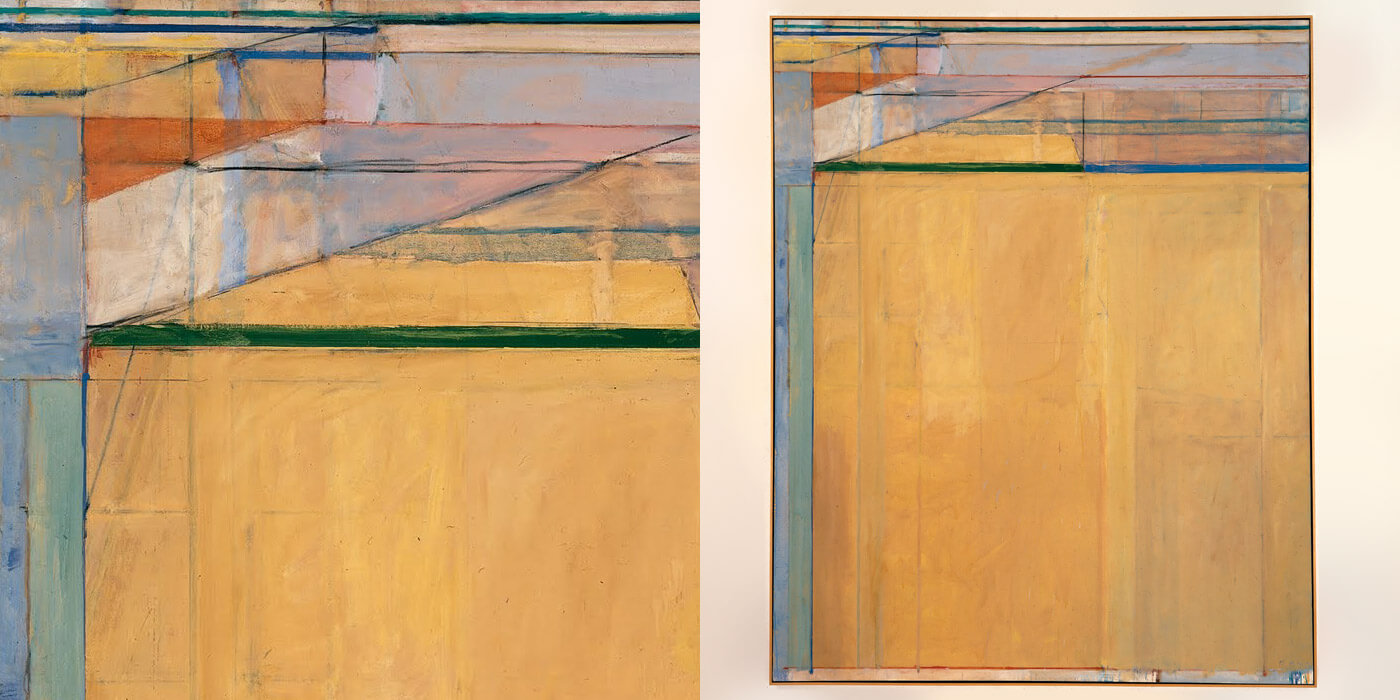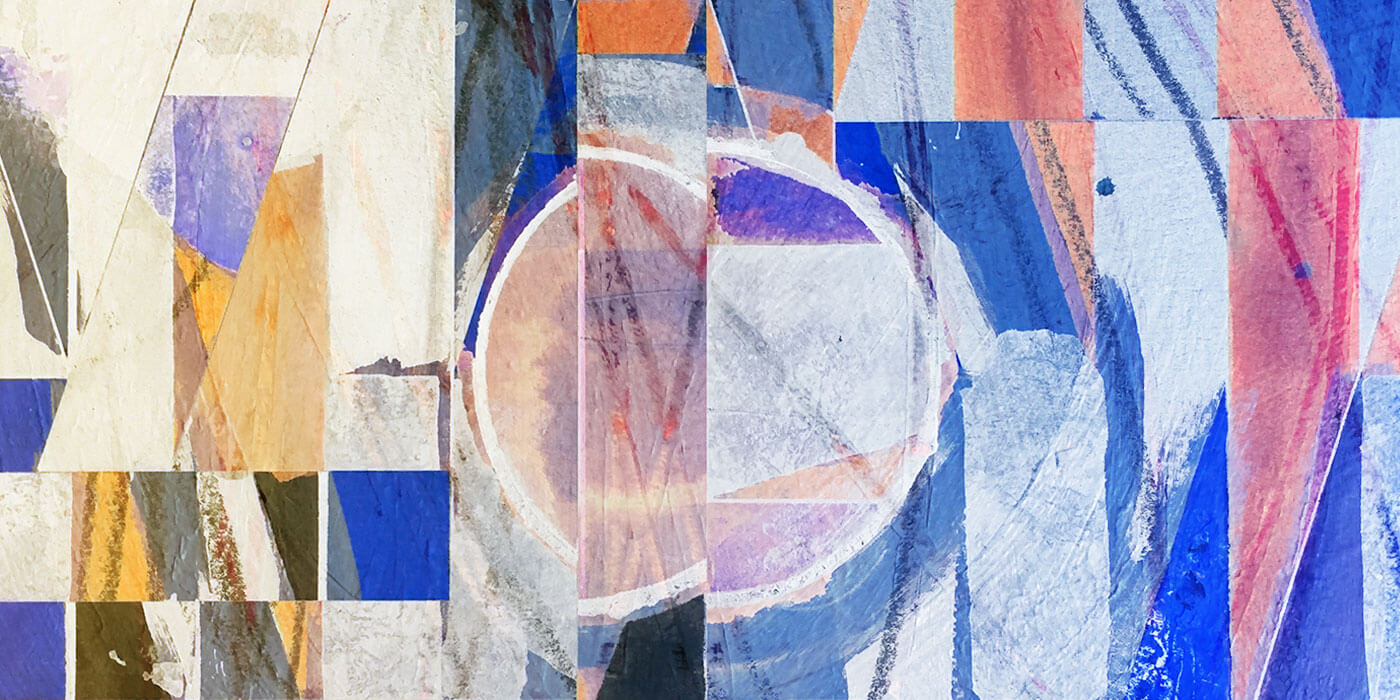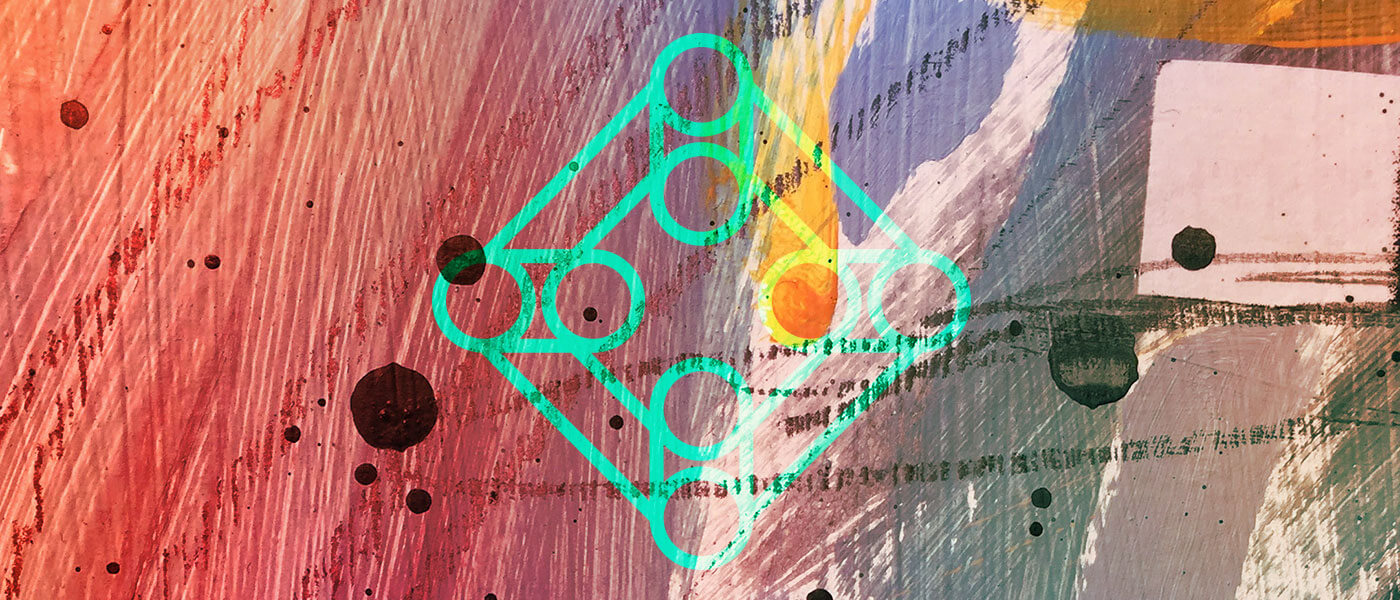I've been thinking about the death of Ursula K. Le Guin and her affect on me. I discovered her books—specifically The Wizard of Earthsea—at a relatively young age. What age exactly I don’t quite …
Look, I know what you're saying. No, you don't need another top 10 list. And yes, I am pretty late in getting this thing out the door. Here's the thing though: I do this …
Not unlike 2015, 2016 was a pretty fantastic year for music. A lot of people seem to agree with me so I don't think that it's specific to my small musical sphere. As I …
I took a dive into Processing this year. It started with going through Josh Davis's intro class on Skillshare, and then moved on to Dan Shiffman's intro book. While the dive was fairly shallow, …
I've been looking at the work of Richard Diebenkorn a lot recently. With his unique structuring of space and sun-seeped color palettes, I'm drawn deeply into his world of abstraction. The work resonates deeply …
The common wisdom is that once something is on the Internet, it lives forever. There is certainly some truth to this idea, especially for memes that become widely spread. After all, if nothing else, …
As designers mature there is a natural tendency to shift focus from end products to the act of design itself. Indeed, we're seeing a period of maturation of the profession as the discipline of …
I've been thinking about a phrase that I hear quite frequently: "work-life balance." The phrase comes up most often when people are taxed beyond their abilities by their job and looking to gain some …
Second only to the big client presentation or project launch, portfolio reviews are one of the most stressful experiences that designers open themselves up to. Regardless of whether it’s an informal review or as …
Following up on last week's piece, the next logical step for young designers is to get started with networking. My first thought was to jump right to the interview, but there’s often a good …







